Aiming for both independent thinking and educational efficiency through the fusion of generative AI (artificial intelligence) and education
Taisuke Hikoda, 1st year Graduate School of Education
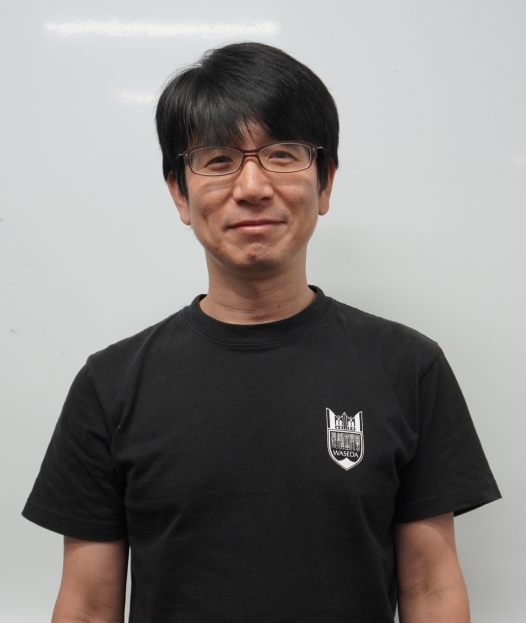
As an in-service Faculty student in the Advanced Teaching Practice Department at the Graduate School Graduate School of Education, I am conducting research with the aim of acquiring teaching theory and advanced practical and applied skills in teaching. In particular, my main interest is the use and research of generative AI such as ChatGPT in educational settings.
Professor Hiroyuki Tanaka (Faculty of Education and Integrated Arts and Sciences) teaches a graduate school class titled "Practical Skills in Classroom Analysis'' to explore how new teaching styles and forms of learning will emerge as education and AI intersect. AI Education Research Institute (Waseda University Hiroyuki Tanaka Laboratory) We study at the sponsored summer training session and focus on the following five qualities and abilities.
- Problem-solving ability: Set your own challenges, problems, and hypotheses and independently solve them while collaborating with AI
- Logical thinking: Make sense and utilize knowledge through dialogue with AI
- Critical thinking ability: Check the authenticity of information provided by AI
- Comprehensive expressiveness: Express yourself uniquely using AI and texts, diagrams, images, videos, music, etc.
- Creativity: Create original works using AI without infringing copyrights
As a current junior high school Faculty myself, I understand how busy and overwhelmed the educational field can be. A new possibility that has emerged is generative AI, especially advanced large-scale language models like ChatGPT. Through past research, it has been used to assist in the creation of rubrics (*), to create study lesson plans, to create explanations for regular tests, and to create similar questions to help review incorrect questions. It is clear that it can be done.
(*) An indicator used to evaluate the level of learning achievement for a task.
Photo on the left: At a summer training session, I and my fellow first-year students conceptualized the ideal form of financial education in the high school subject ``public'' and created a rubric to be used in that process.
Photo right: Presentation at the Practical Training III concept review meeting, which is one of the most important opportunities for the Advanced Teaching Practical Major, "School Clinical Practical Training," where Faculty train their ability to tackle educational research issues.
We have also developed teaching materials for elementary school students that use card games to deepen their understanding of ``what is important in AI literacy education'' using generative AI. We hope that this will help children deepen their understanding of AI and enable them to use it in safer and more meaningful ways.
The convergence of generative AI and education has been met with great expectations, but that alone is not enough. We aim to establish a new form of AI (love) education based on "talking love, helping love, and deepening love,'' and to widely return the results to society, and we propose incorporating these three keywords.
[Love to talk] The form of communication is changing due to the spread of AI, but it is necessary to maintain sincere dialogue.
[Helping love] Improve the quality of the educational environment by increasing the expertise of Faculty using AI as an educational support tool
[Deepening Love] AI can perform advanced reasoning and calculations, but humans should be responsible for understanding and empathizing. This element is the key to improving the quality of education
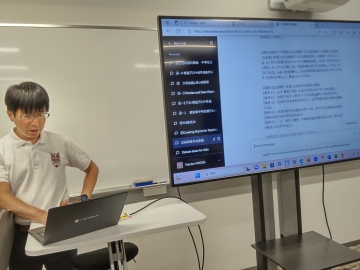
What happened when I served as a lecturer at a training session
AI can organize ideas and fill in gaps, but ultimately Faculty must decide what and how to teach in the classroom. While it is important to use AI to assist in lesson planning in conjunction with past experience, it is essential for Faculty to imagine the students in front of them and design lessons from the perspective of "how best to fit them.'' I plan to continue my research while determining this balance.
Daily Schedule
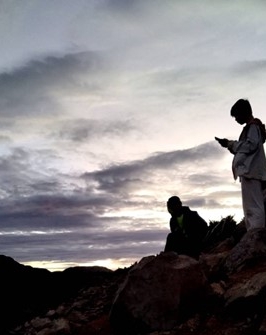
During summer vacation, I went on a week-long trip to unexplored hot springs in the Northern Alps with my college and junior high school sons. The secret to having fun doing research is to keep it sharp!?
- 06:10 Wake up/breakfast
- 08:50 Class starts
- 12:20 Lunch ("Aigake" at Wasemesh's representative Sanpin Shokudo. I live a stress-free life and don't have the same metabolic rate as young people, so I gain weight after enrolling. I dream of having "Katsu Mix" someday)
- 13:10 Class (200 minutes, 2 frames in a row! The post-work assignments are also tough... It's also attractive that young master's degree students who have just graduated from undergrad and current Faculty like me can stimulate each other)
- 16:40 Library (Assignments for the day must be completed on the same day. Central Library has a wide range of literature)
- 18:00 Research (While watching the progress of the Hiroshima Toyo Carp match on my smartphone.Depending on the developments, I may not know which side is the main player...)
- 20:00 Return home/Dinner (Go home after exceeding ChatGPT usage limit)
- 23:00 Usage restrictions are lifted and we resume where we left off.
- 24:30 Bedtime

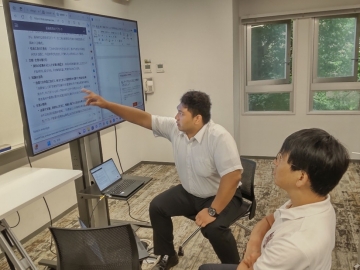
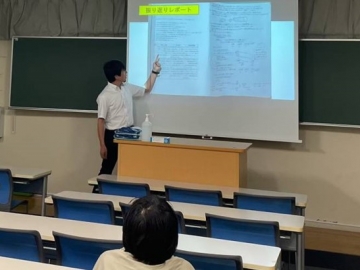
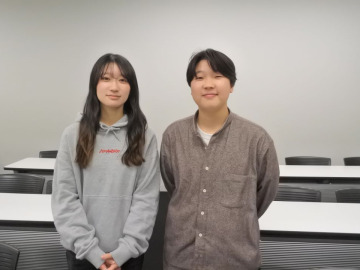


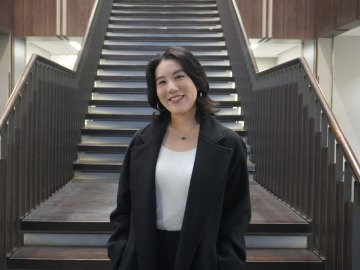

![[Save version] Map of the four main campuses](https://www.waseda.jp/inst/weekly/assets/uploads/2025/09/17cb2975123fc5103172ef60bd98608d-610x458.jpg)

